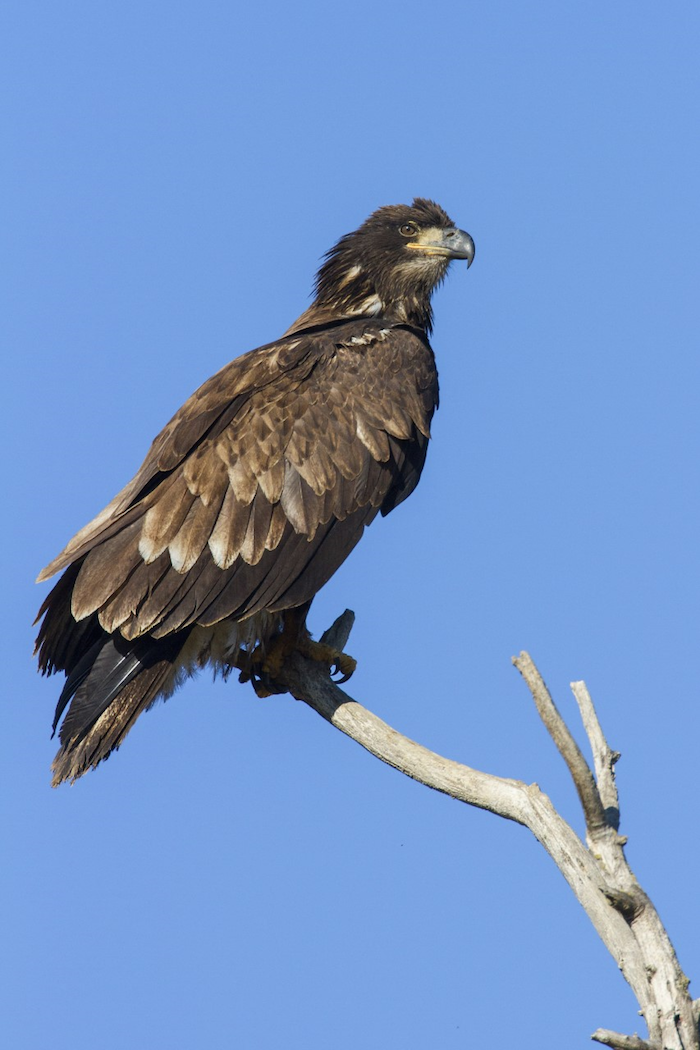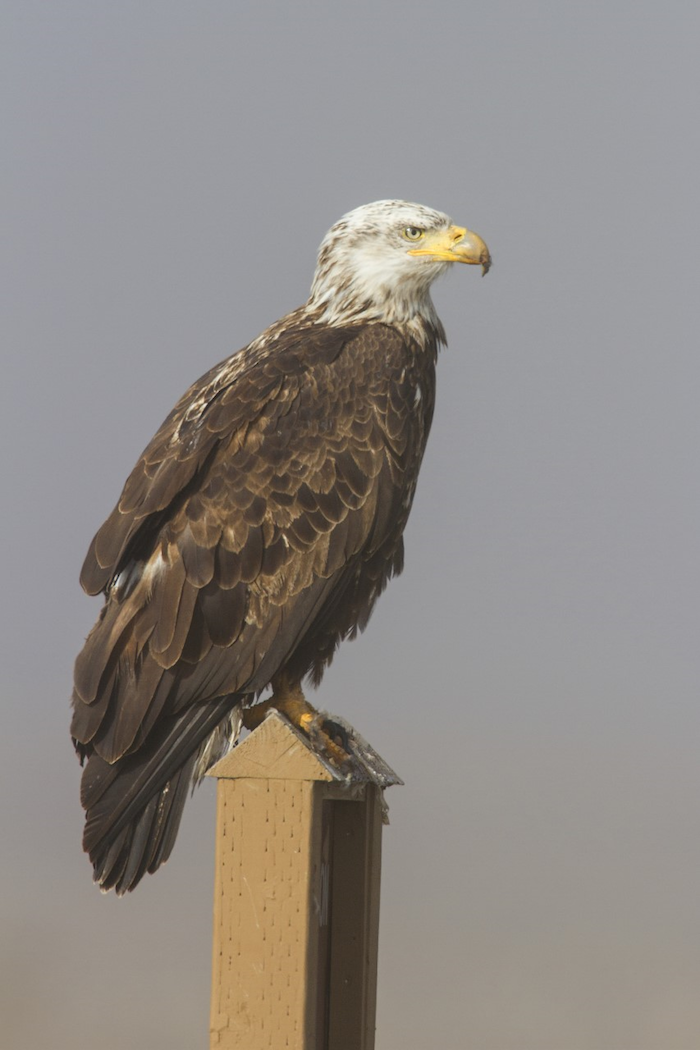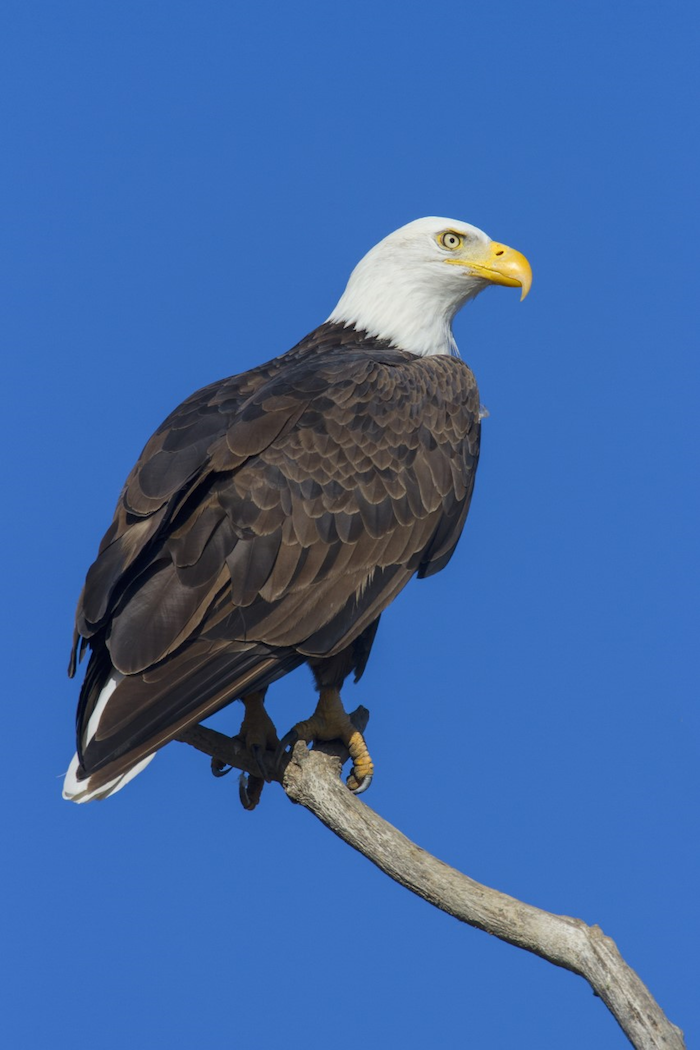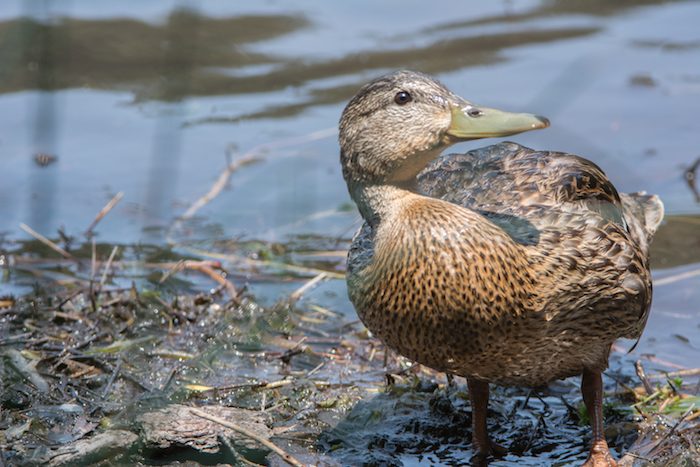
When most people hear the term “eclipse” they think lunar or solar. But those familiar with waterfowl understand the term might refer to the feathers, or plumage, of a duck or goose.
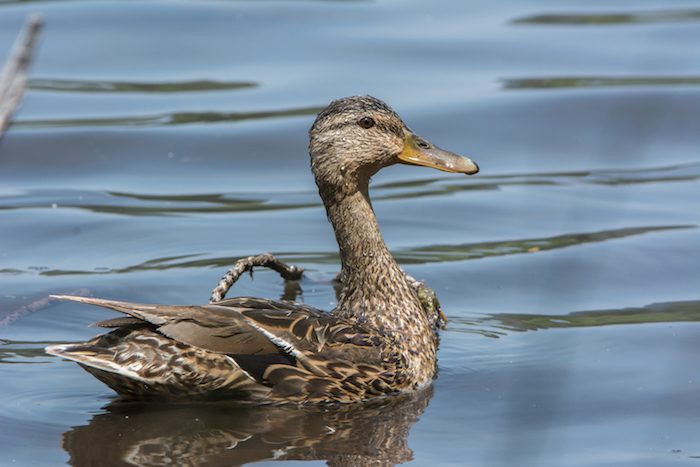
All birds molt, a process of dropping old feathers and growing new ones. The new feathers keep the birds in good shape for flying, keeping warm, and sometimes for breeding showiness. By the end of summer the bright feathers of spring might be difficult to recognize. Many birds molt in the fall to replace worn plumage, and then again in spring to acquire their most alluring outfits.
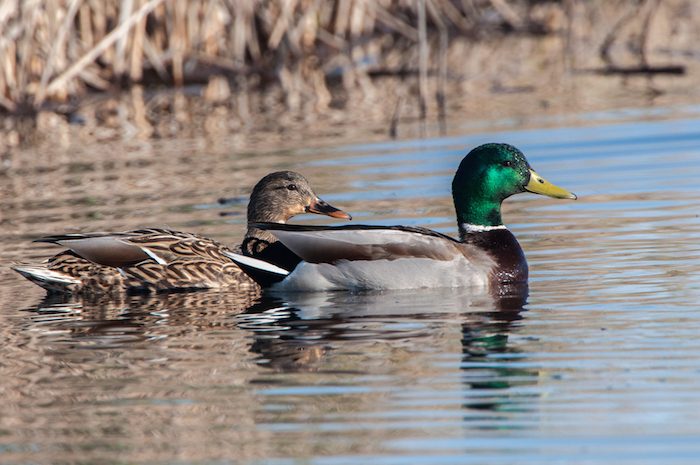
But waterfowl—ducks and geese—choose their mates earlier than songbirds. Ducks usually pair up by late fall, and cannot wait until spring to dress up. Male ducks, in particular, have gorgeous plumage, but in late summer all the males seem to disappear. The Sacramento River gains a steady supply of feathers floating downstream, and no male ducks are to be seen. The beautiful shining green heads of mallards vanish. The ornate wood ducks and brilliant male mergansers can’t be seen anywhere. Suddenly there seem to be many female ducks along the river, but no colorful males of these common year-round species.
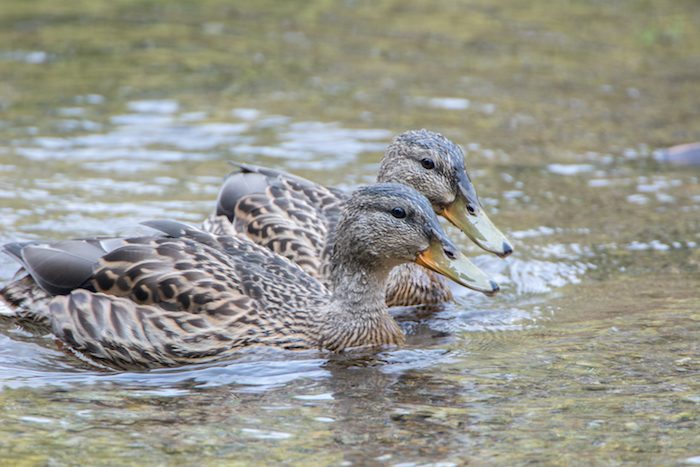
There’s a scientific reason. Most birds lose a few feathers at a time, replacing them piecemeal without seriously disrupting their lifestyle. But ducks shed all of their outer feathers when they molt, including their wing feathers. For a few weeks, they become flightless. Males acquire the same camouflage as the females, a useful protection while they cannot fly. An observer can distinguish a male mallard at this time only by his slightly larger body and large, yellow bill, in contrast to her orange and black bill. Males at this hapless stage tend to gather in small groups and skulk along shores with reeds and grasses, laying low until new flight feathers develop. After those new wing feathers grow back the males enter a second molt into their bright breeding plumage. The second molt is less severe, and the ducks retain their ability to fly and escape from predators. All of this happens in timely fashion—in the fall, just before the duck dating season opens.
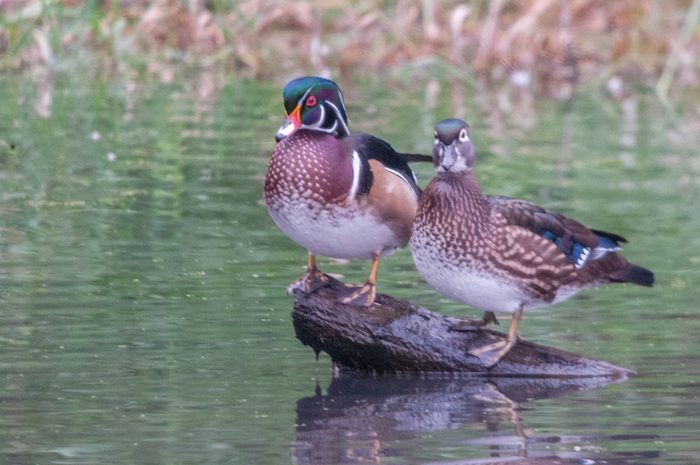
Female mallards, wood ducks, and mergansers are always attired in camouflage, so they only molt once—but again, it is in time to have fresh feathers for understated attractiveness when the males come looking.
Geese also molt in the fall, but they usually mate for life, and seem to dress for long-term health and beauty rather than for just a brief courting period. They do not molt all their wing feathers at once, so, although briefly disheveled, they retain the ability to fly.
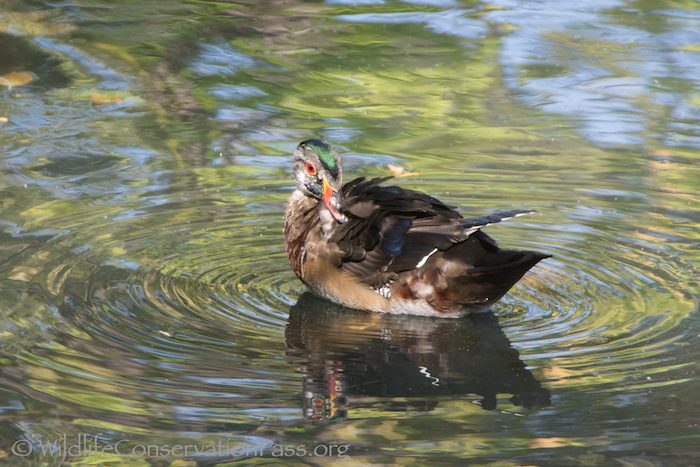
Ducks and geese can often be seen preening their new feathers. They have oil glands on their rumps, which supply the waterproofing that they spread over their sleek contour feathers. The feathers have small barbs that lock their parts together, and combing them helps keep the birds smooth, warm, and attractive. Waterfowl instinctively know how important their feathers are, and do the work to maintain them.
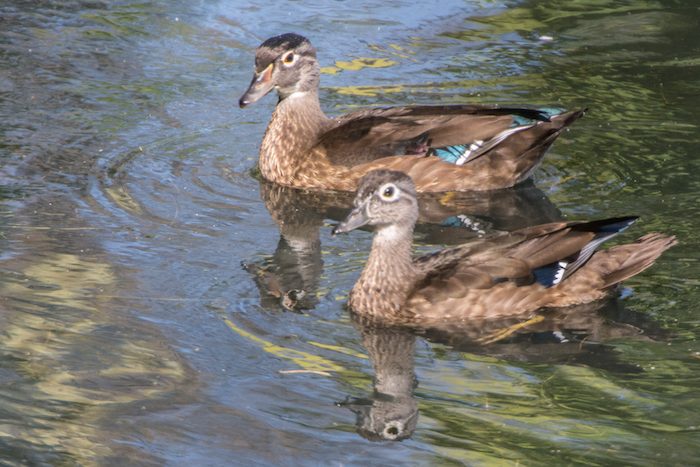
Webster defines “eclipse” as to obscure, leave out or fail. He discusses the partial or total obscuring of one celestial body by another, making one seem less brilliant, but he makes no mention of the less brilliant plumage of male ducks in the fall. Ornithologists, however, have studied the annual phenomenon extensively. Eclipse plumage allows ducks to quickly molt into fresh breeding feathers. Understanding it solves the mystery of the disappearance of the male ducks.

